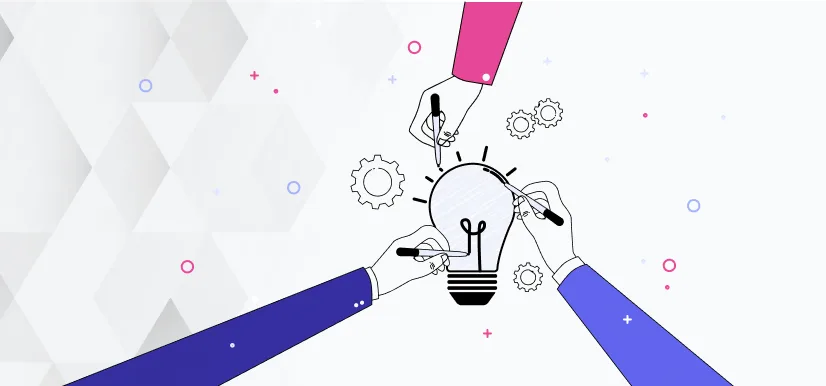How Do You Apply Personalization?


In any digital experience optimization efforts, metrics and strategic prioritization are key to any successful personalization program.
You can prioritize your experiences based on frameworks like an Action Priority Matrix and define primary and secondary goals for every experience aligned with your business KPIs.
Based on the personalization maturity stage and data of your company you can define the right audience and segmentation.
But How Do You Apply Personalization?
Personalization can be applied based on four data categories:
1. Demographic Data
Demographic data refers to an individual’s characteristics such as their city, age, job title, or gender. While this demographic-based approach to personalization is useful, relying on demographical data alone to personalize the user experience is too limited.
2. Behavioural Data
Behavioral data changes based on events across the user interaction. An event could be a page visit, a video play, a link click in an email, or how visitors reacted to various offers or content. This is one of the more common variables used for machine learning-powered lead scoring and the holy grail in website personalization.
3. Contextual Data
This is information that provides context to an event, this includes the visitor’s device, the browser, the time of day, or even the weather.
4. Firmographic Data
This is a set of characteristics related to firms or companies. Firmographics provide deeper insights that B2B marketing teams can leverage to target accounts that will benefit most from their products or services. Traits include industry, number of employees, annual revenue, or their tech stack.
So, How Do You Apply Personalization for B2B?
Personalization in business-to-business marketing is more complex but can be applied by combining the previous data categories with Account-Based Marketing (ABM) and Persona-based tactics.
To unlock the true power of personalization you need to combine consumer attributes with their motivations, as well as their intent, define motivation-based personas and use a combination of data points to target the personalization audience.
Learn how to deliver unique and personalized customer experiences to increase conversions
